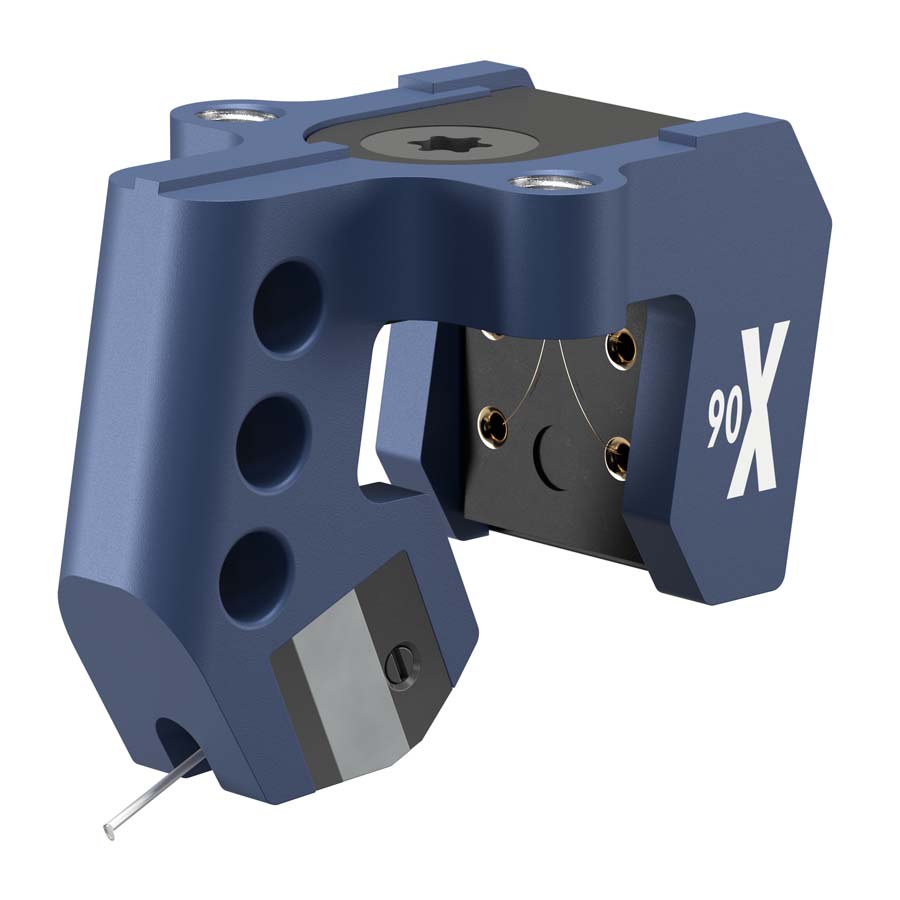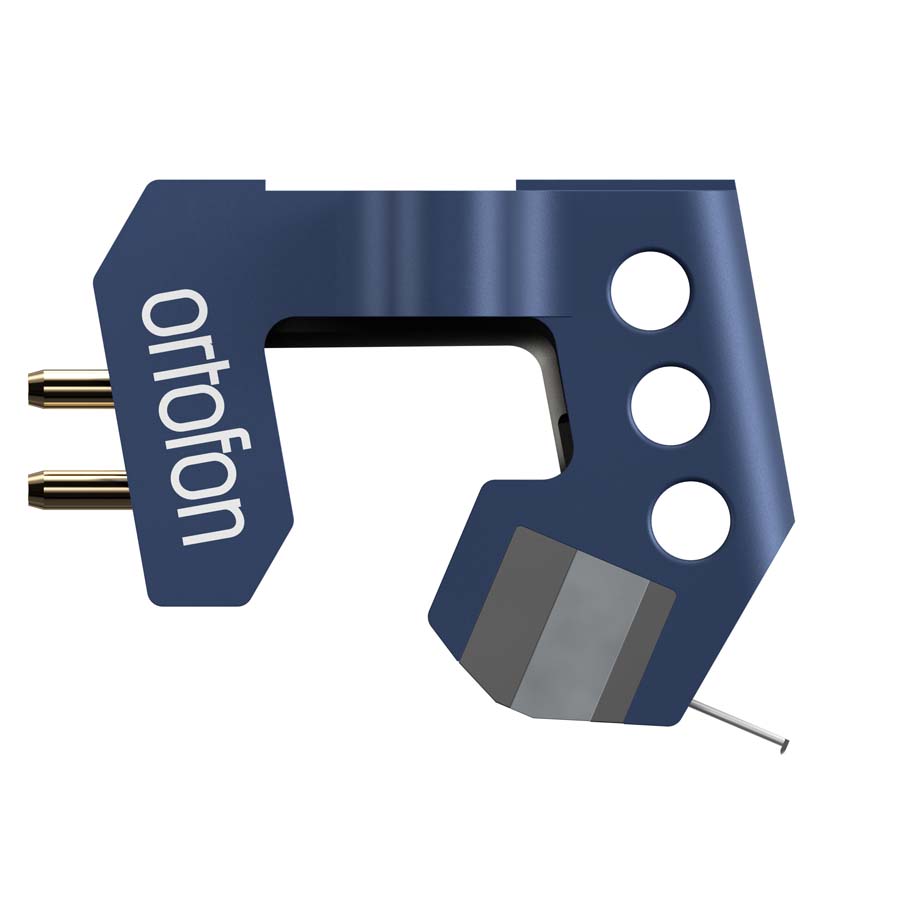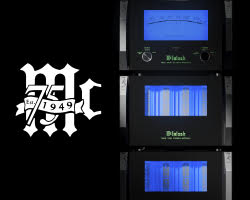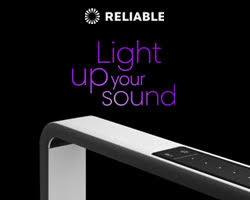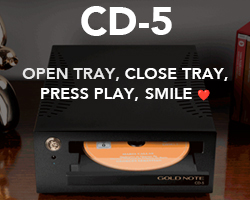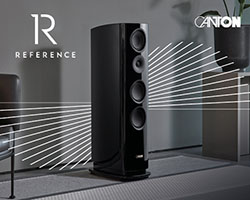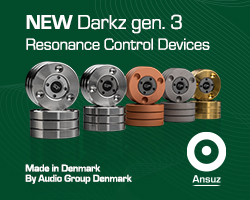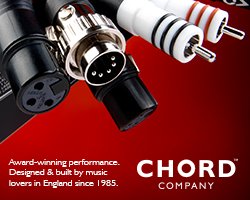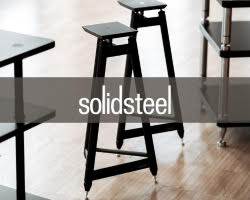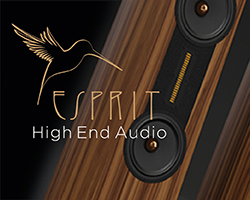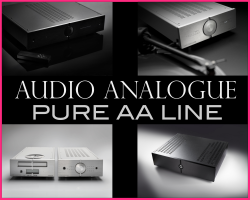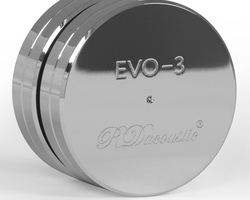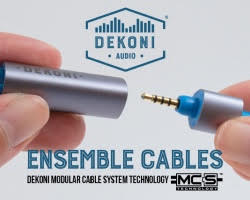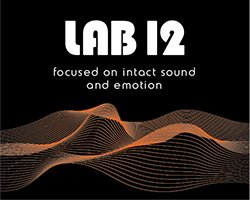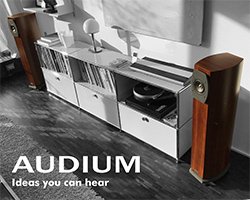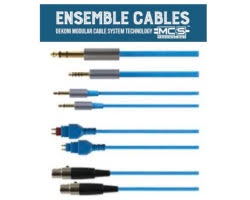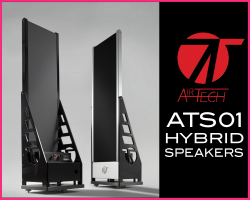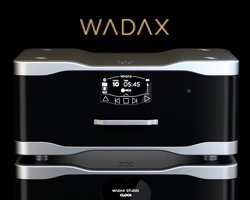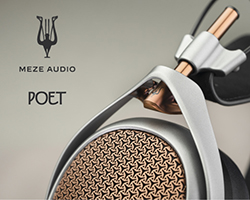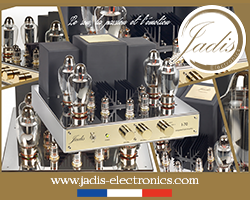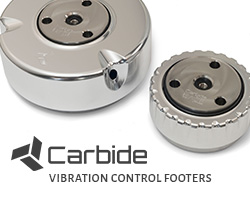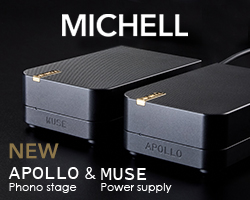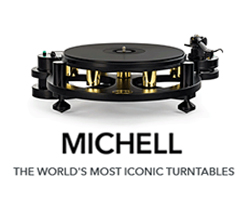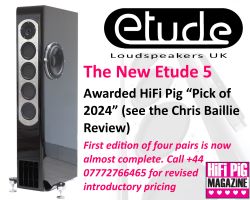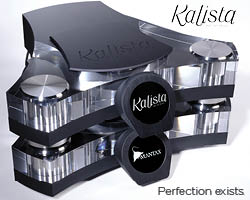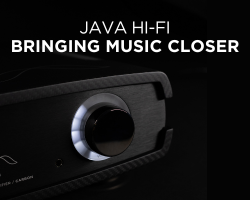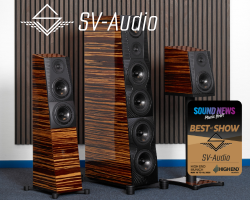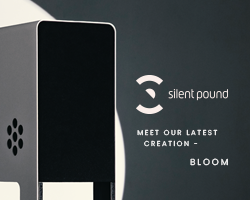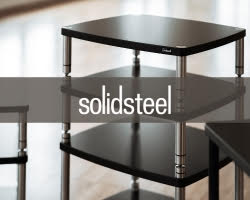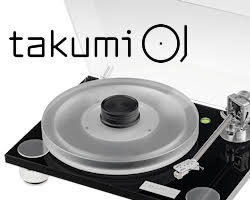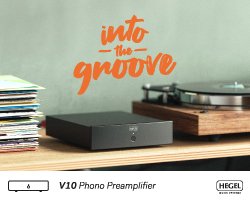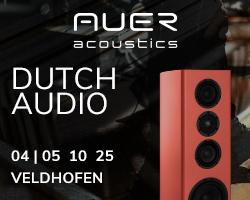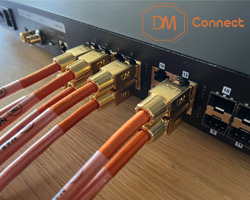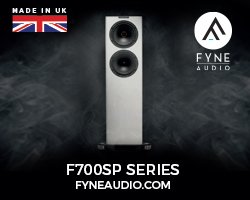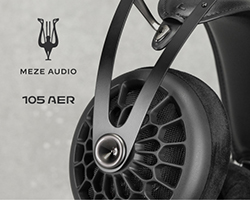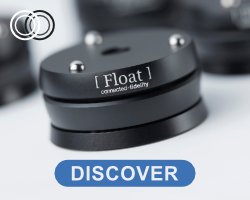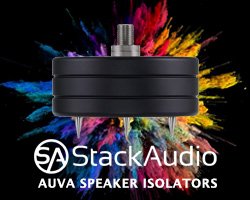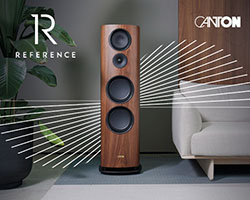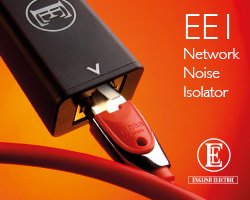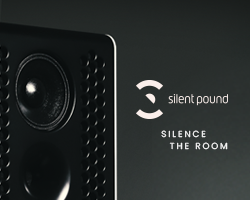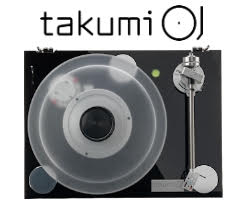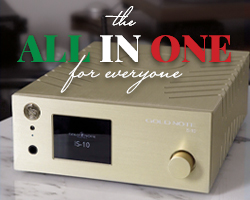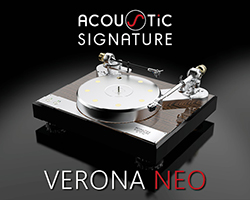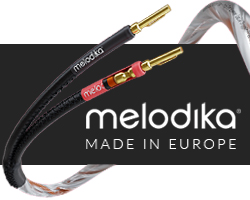ORTOFON MC 90X CARTRIDGE
Ortofon MC 90X cartridge is from the upper echelons of the Danish brand’s portfolio and costs around £4000 in the UK. As the MC in its name would suggest, it’s a moving coil design, but it also has some nifty tricks up its sleeves and on the end of its cantilever. Stuart Smith takes a listen for HiFi PiG.
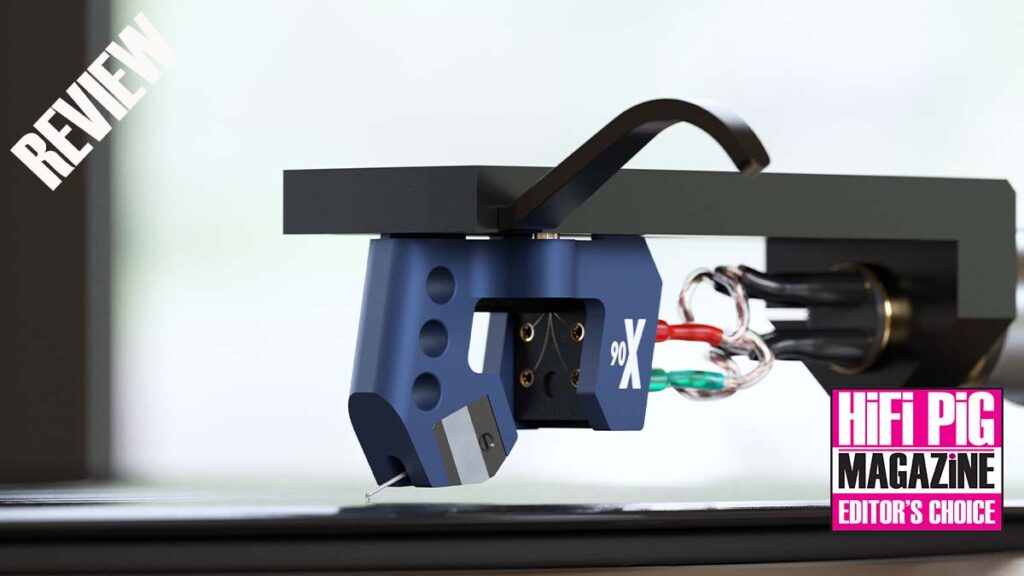
I really do love phono-cartridges! Specifically, I have a bit of a thing for low-output moving coil cartridges. When the opportunity to review the 5000 Euro MC90X from Ortofon arose, I jumped at it, given that I already use their Elite cartridges on my DJing decks. However, the MC90X sits in the Danish company’s Exclusive series of cartridges, which is topped by the 9000 Euro MC diamond, though the MC90X looks more like the 7K Euro Verismo.
Five grand may seem like a lot for a cartridge, given you don’t seem to get a lot of product for your money, but I once heard a comment many years ago to the effect of “always invest in your transducers” and that has kind of stuck with me ever since. The cartridge is the first line in the vinyl lover’s armoury of products, and it is the bit of kit that pulls the information from the grooves of the records you play, so, of course, it makes sense that you should get the best you can afford. Once you lose information at this vital point in the audio chain, it is gone forever, and no amount of clever amplification or superlative loudspeakers is going to be able to get it back.
So now I’ve established that I think a phono cartridge is well worth you investing as much as you can afford, let’s have a look at the specifications of this little blue jewel of a cartridge.
FEATURES AND BUILD OF THE MC 90X CARTRIDGE
The MC 90X is a low-output moving coil cartridge with a rated output of 0.25 mV (1 kHz, 5 cm/sec). Channel balance is specified at <0.2 dB (1 kHz), with channel separation of >28 dB at 1 kHz.
Frequency response is listed as 20 Hz–20 kHz (±1 dB). Compliance is stated by Ortofon as being 11 μm/mN.
The stylus is Ortofon’s Replicant 100 profile (r/R 5/100 μm), mounted on a boron cantilever. The recommended tracking force range is 2.3 grams. This tracking force seemed pretty high for me but I complied and dialled that weight in.
Internal impedance is 4 Ohms. Ortofon recommends a load impedance of ≥10 Ohms. Coils use gold-plated 6NX copper (Aucurum).
The cartridge body is made from stainless steel using Selective Laser Melting (SLM) technology. The process is intended to increase structural rigidity and control resonance. Total cartridge weight is 9.5 grams.
A neodymium magnet is used in the generator system. The design draws on earlier Ortofon models, including the Kontrapunkt series and MC Windfeld from the same range. A Field Stabilising Element (FSE) is included. Ortofon states this improves magnetic field stability, enhancing channel separation and reducing dynamic distortion.
The damping system uses a platinum disc between two rubber elements with different mechanical properties. Ortofon refers to this configuration as Wide Range Damping (WRD), designed to control resonance across the frequency range. All rubber compounds are produced in-house by Ortofon.
The MC 90X has the cantilever and stylus sticking out from the front of the cartridge, and so I really did take extra care when mounting the cartridge and putting records on. I suggest you follow suit.
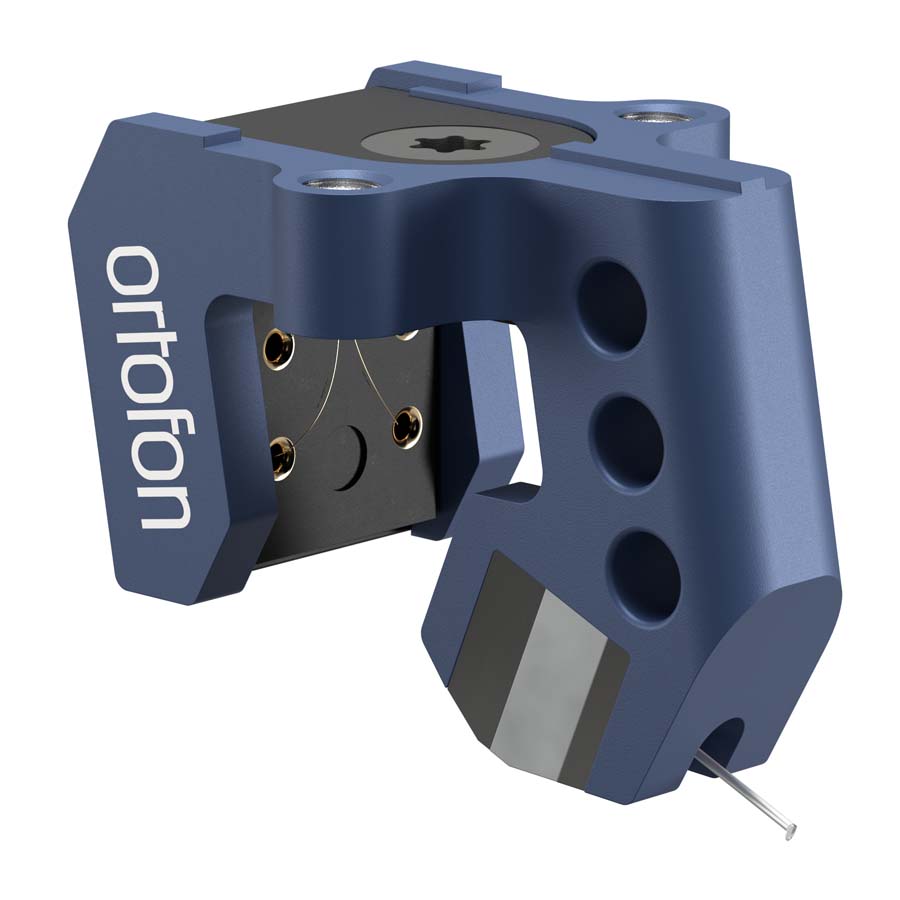
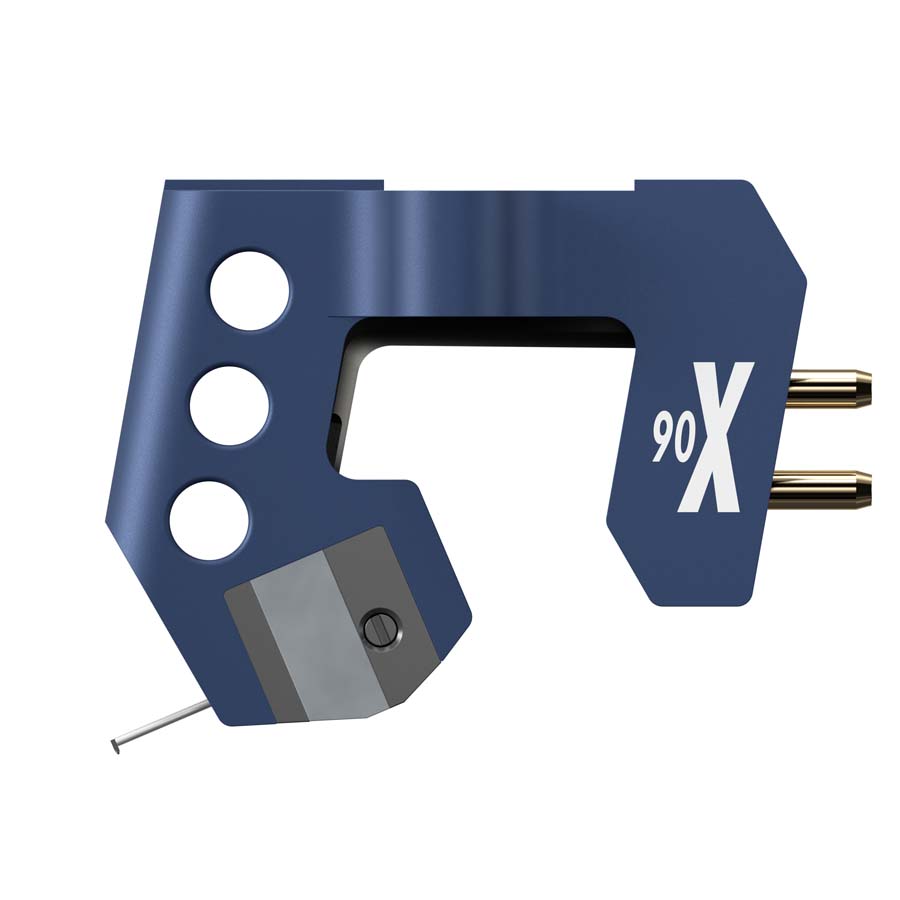
As you’d expect from a cartridge costing this much, the packaging is nice, and you definitely feel the Christmas Morning effect as you unpack the various bits and bobs. Along with the cartridge, which is mounted to a transparent plate that makes up the packaging, you also get a nice screwdriver and cleaning pad that look like something out of a horologist’s toolbox – a nice touch. You also get screws and cables to attach to the headshell, though I used my own twisted leads. All in, the packaging and whatnot do feel commensurate with the price, though I’m well aware that the packaging is but a tiny part of the whole.
SOUND QUALITY
From the moment I dropped, or should I say carefully placed the needle on the record and sat down, it was evident that this was a very nice-sounding cartridge with a lovely balance to it. The record that happened to be on the Techy at the time was Cerrone’s Addict, a disco record released in late 2012 by this famed French disco drummer, covering remixes of many of his better-known tunes, and the Ortofon did a fabulous job of getting them across. The full range of the record was there, from bouncing beats to funky percussion to vocals, and it was all presented with authority, but also a lightness of touch that just let the music shine. I suppose the job of a cartridge is to track properly and not to add too much of its own flavour to the music you are listening to, and this is precisely what the MC 90X did. Separation of the left and right channels was excellent, and this presented itself in a wonderfully wide and accurate stereo image – one of the best I’ve heard on this system. However, what drew me in with this record was the way the bass underpinned everything; it wasn’t a bass-heavy sound and I don’t believe the cartridge was exaggerating the bass, but (for me) it was a thing to behold and probably bettered the bass response on our Hana Umami Red, which is no slouch in this department itself. A good sign of any bit of kit that comes in for review is that you just sit down and enjoy the tunes, and that’s exactly what I did.
Now, I’m aware that this first paragraph of my observations of this cartridge can be discounted a tad, given that it’s always good to let any bit of kit (particularly speakers and cartridges) time to loosen up and settle into itself, which is what I did before listening properly.
Mondo Re-Alterado by Rebolledo on Hippie Dance records is a sprawling double album of laid-back dubby-housey-technoey loveliness, but it’s also a pretty complex record, despite it being a bit sparse; loads is going on in the mix, with effects that seem to come from nowhere and instrumentation that seems to do likewise. It’s easy for these subtle bits and pieces to get glossed over with lesser cartridges and for the record to sound more homogenous, but this cartridge brings everything out of the record’s grooves – or more than I’ve heard before on this setup. Once again, and as per my initial listening to Cerrone, the bass is prodigious but not overblown and really does underpin the music brilliantly. There’s a deftness of touch here that digs deep into the tunes on the album and gets loads of detail across, but in a way that isn’t at all boom and tizz. It responds to dynamics with an immediacy that I’ve not heard before on this record spinner. There’s a bit on this record where you are locked into the steady groove, and then a flourish of snare comes from the back of the mix, and this cartridge almost has me jump in my seat when it comes in. Again, I’m noting that the separation of sounds in the stereo image is pretty incredible, not so that they sound artificial, mind.
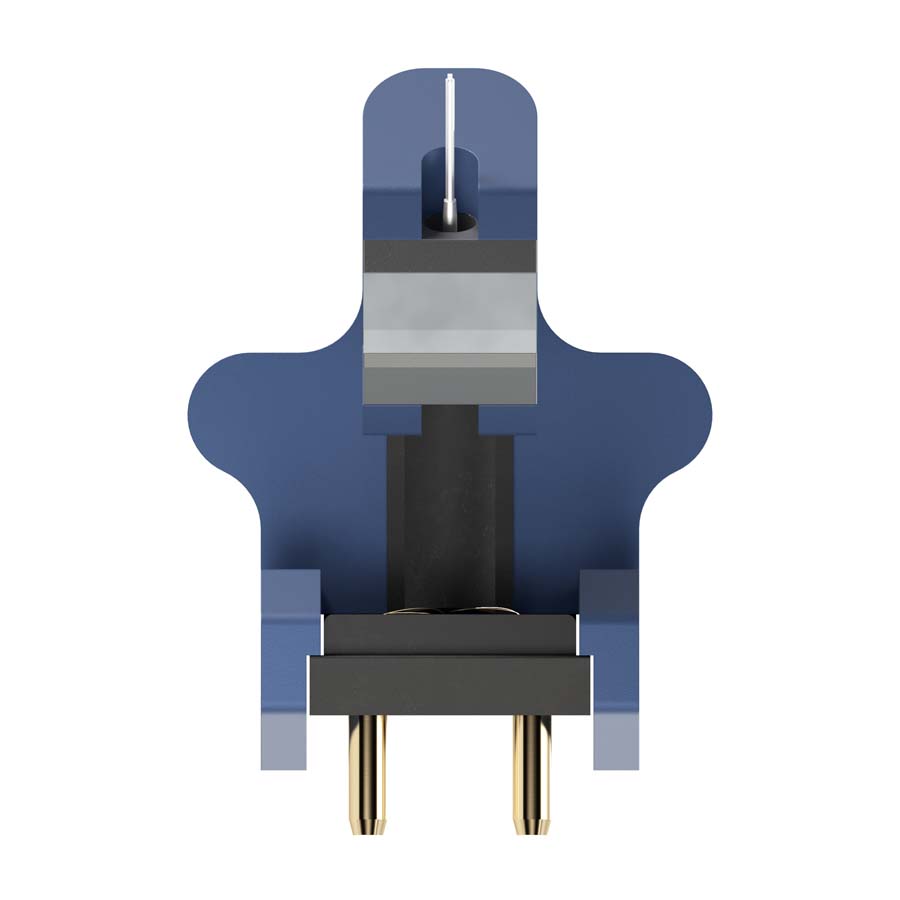

I’m likely going to get called an old duffer, but John Martyn’s Solid Air (Half Speed Master on Abbey Road) has been a test track at HiFi PiG Towers pretty much from the day it arrived in our postbox. It’s here that the subtlety of this cartridge comes across in spades – if subtlety can come in spades; I’m unsure of the SI unit for subtlety. Yes, there is that bass, but you don’t have to listen particularly carefully to hear the way the contrabass is being played, and the sound of it is textured and with a sense that you are listening to the instrument being played in front of you. The vibraphone, which can sometimes be overlooked on this record, comes across without needing to listen too hard for it. Here’s the thing, I can keep pulling out bits and pieces of the instrumentation, but the long and the short of it is that the MC 90X manages to separate the mix into its constituent parts so that you can mentally position them and point at where they are in the mix, but it also does this without it feeling like there’s something artificial going on. The mandolin on Over the Hill is another example of this; you can hear it’s panned hard in the mix, but there’s also the sense that you are listening to the real instrument and that it’s there with you in the room. I know that last sentence is likely to come across as being reviewer’s bollocks, but this is as lifelike as I’ve heard that particular part of this record sound with anything else I’ve had on the end of this turntable. As I listen to this record, my notes say that I want to say that this cartridge is laid-back, but there’s also a big question mark scrawled over that comment, and that’s with good reason…because it’s not. This becomes evident on I’d Rather Be the Devil which gets a bit rockier than the previous tracks – the percussion and the way the distorted guitar solo cuts through this mix is a thing to behold with this cartridge in place. Look, I love my Hana Umami Red, but the sad truth is that I reckon the Ortofon is a better cartridge, though it’s around another 1400 Euros more expensive and so should be.
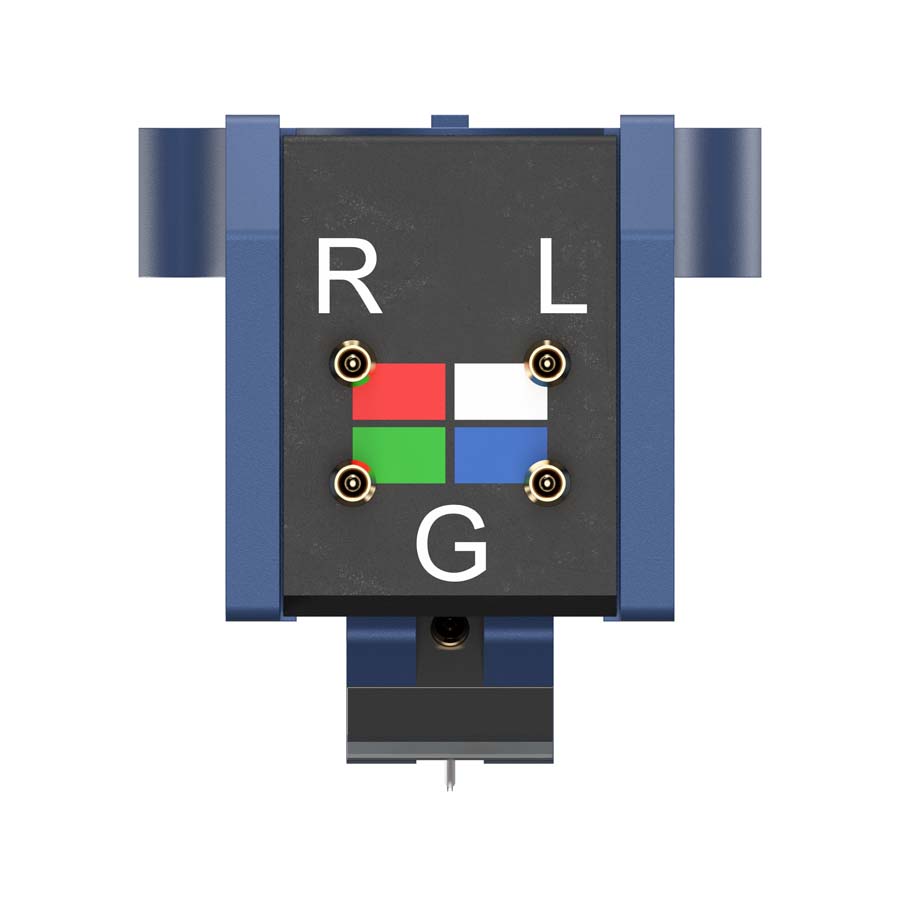
I wanted to play some dub through this cartridge and reached for the 1986 album My Computer’s Acting Strange by Robotics. It’s on Ariwa and is very much a Mad Professor production. It’s also a record I’ve been playing for years and years on the radio, in clubs, and at home. The bass lines on tracks like Dodgy Contacts is low and overdriven and is a bit of a swine for a cartridge to track accurately; the MC 90X takes it all in its stride and whilst the bass does sound “hot”, it’s all rendered through the speakers with what I would suggest is how it was mixed and meant to sound. The whole record sounds utterly glorious with this cartridge in place, and whilst bits of it do sound a bit overblown, that’s how it’s mixed in parts. It’s dub; it’s dirty and meant to sound this way!
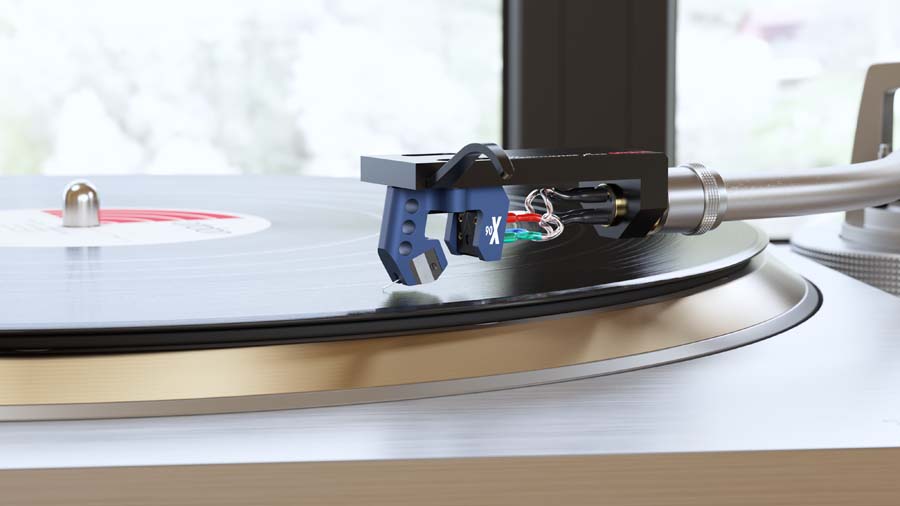
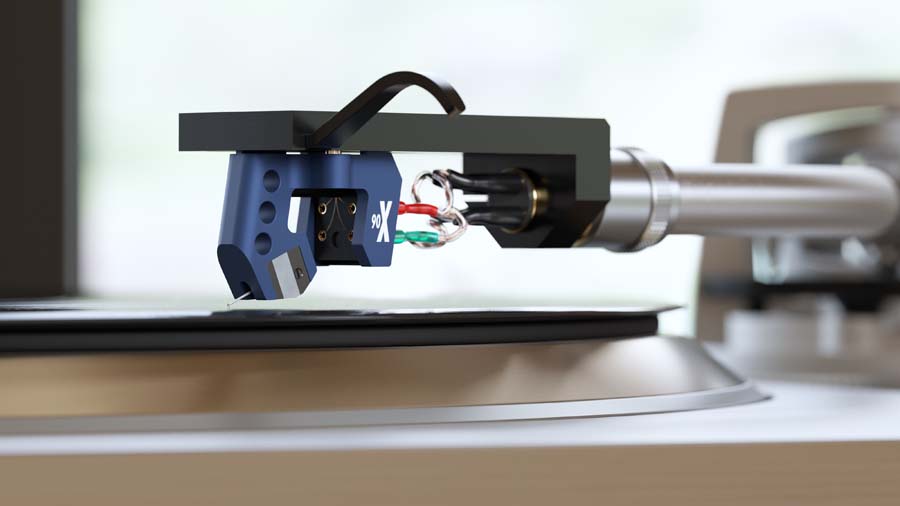
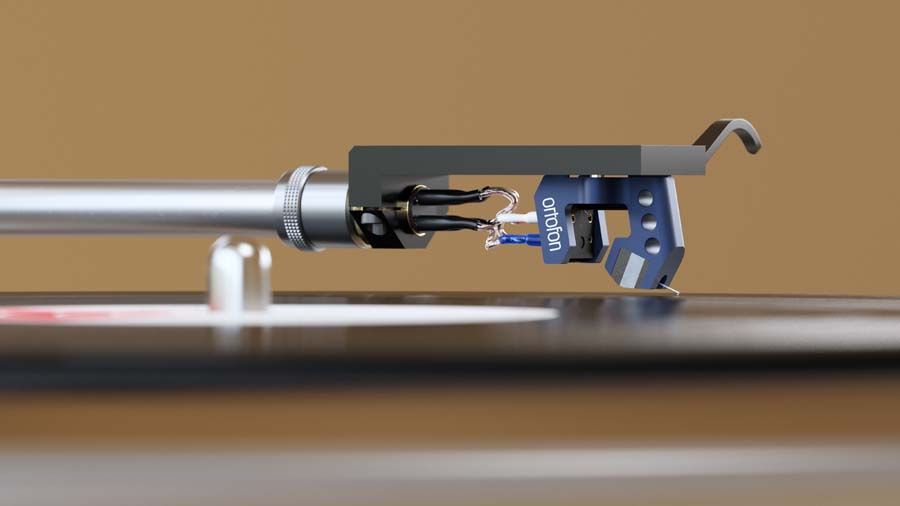
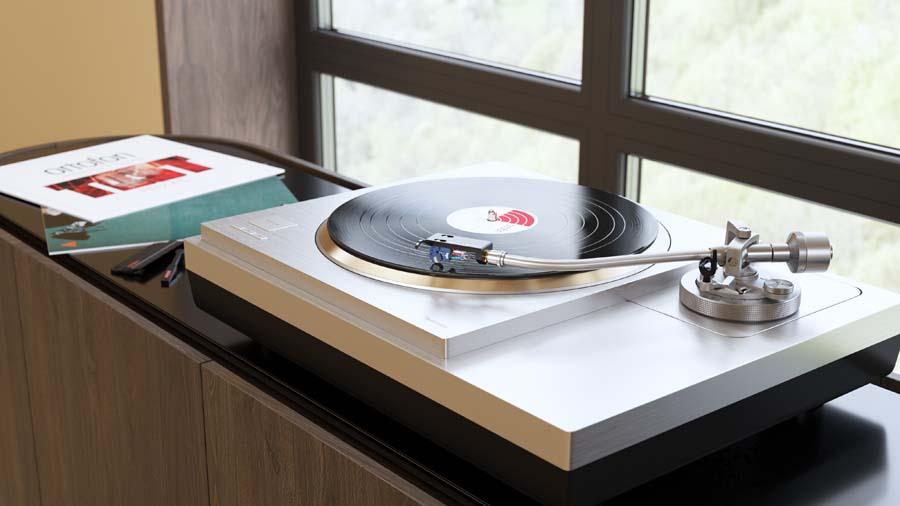
I played a load of tunes with this cartridge and from a whole load of different genres, and never once did the MC 90X miss anything. At no point did I think that there was something in the grooves that it was missing, and not once did I think it tracked with anything but the utmost precision. Even on the usual torture tracks, it was never even remotely flustered.
QUIBBLES
Nothing other than that exposed cantilever scares the bejesus out of me. Sonically, this is an exemplary cartridge, and I can only imagine what the range-topping MC Diamond adds – surely not a great deal more.
I did find the included screws a bit short with my chosen headshell.
CONCLUSION
There’s not a lot to say about this cartridge; it’s a wonderful example of what a cartridge should do. It tracks like it’s on rails, and it digs deep into the grooves of the record to extract what I’d suggest is the smallest of details. All this adds up to a sonic presentation that is quite breathtaking, even in such hallowed company as the Hana Umami Red.
If you have the system to do this cartridge justice and you have the price of entry, then I cannot recommend it highly enough.
I can’t give this cartridge anything other than the highest award I can. Yes, it is significantly more expensive than our Hana Umami Red (no slouch) that we use as a reference, but it is also a better cartridge from my time comparing the two. The decision as to whether that extra money is worth it will be wholly down to you, and, as always, I suggest you get a proper listen at a reputable dealer’s before committing to what is a significant purchase.
AT A GLANCE
Build Quality and Features:
It doesn’t look much, but the construction and tech are all hidden inside, apart from that protruding cantilever and stylus, which demand that you be careful when handling it
You get a nice set of tools with it that come in a pouch, and the packaging is nice
I did find the screws supplied weren’t quite long enough for my chosen headshell
Sound Quality:
I cannot fault this cartridge sonically
The bass is cock-on, with weight and power, but also with real insight into the timbre of the instruments being played
Separation of instruments in the mix is laser-like in its pinpoint accuracy and stability
A lovely balance and feeling that sonically everything is just “right”
Nothing is overblown or pushed to the fore
Reacts to dynamic changes instantaneously
On new vinyl, there is a distinctive lack of surface noise
Tracks (even torture) tracks like it’s on rails
Value For Money:
Five grand for something so small feels like a big deal, but that’s how much it costs. It’s not the most expensive cartridge out there, or even in the Ortofon range, but it is excellent, and if you care about your vinyl reproduction, I guess it’s a price worth paying
We Loved:
Sonically, I found this cartridge very hard to fault. Everything about it is about digging deep and presenting the information in the grooves accurately and with poise and sophistication. If it were fashion, it would be quiet luxury
We Didn’t Love So Much:
Screws included were too short for my chosen headshell, and that exposed cantilever scares me a bit
Elevator Pitch Review: The Ortofon MC 90X cartridge comes near the top of the Danish brand’s offerings, and as such, it costs a considerable chunk of money. It tracks brilliantly on every music track, even torture tracks, and has a bass performance that is solid but not overblown. The degree of poise and balance the cartridge brings to the (turn) table is pretty incredible, which in turn translates to your tunes sounding pretty incredible. The degree of information it digs out from the grooves is superb, but this is not a clinical or cold-sounding cartridge; I just think it’s honest as to what it’s seeing in the grooves of the records you play. Instruments sound real and in the room. One of the standout things I got from this cartridge was the way the individual channels in the mix are presented; you can ‘see’ into the mix and point to where instruments are placed with an accuracy I’ve not really experienced before. On the negative side, it is expensive, and you will need to be careful with that exposed cantilever.
Stuart Smith
SUPPLIED BY ORTOFON VIA HENLEY AUDIO
SUPPLIED SPECIFICATIONS
Output voltage: 0.25 mV
Cantilever material: Boron
Stylus type: Ortofon Replicant 100
Stylus tip radius: r/R 5/100 μm
Stylus suspension: Ortofon exclusive
Coil system: Quad coils
Coil wire: Aucurum
Channel balance at 1 kHz: < 0.2 dB Channel separation at 1 kHz: > 28 dB
Frequency response (20 Hz – 20 kHz): +/- 1 dB
Dynamic lateral compliance: 11 μm / mN
Recommended tracking force: 2.3 g
Recommended load resistance: > 10 Ω
Internal impedance (DC resistance): 4 Ω
Cartridge weight: 9.5 g





















































